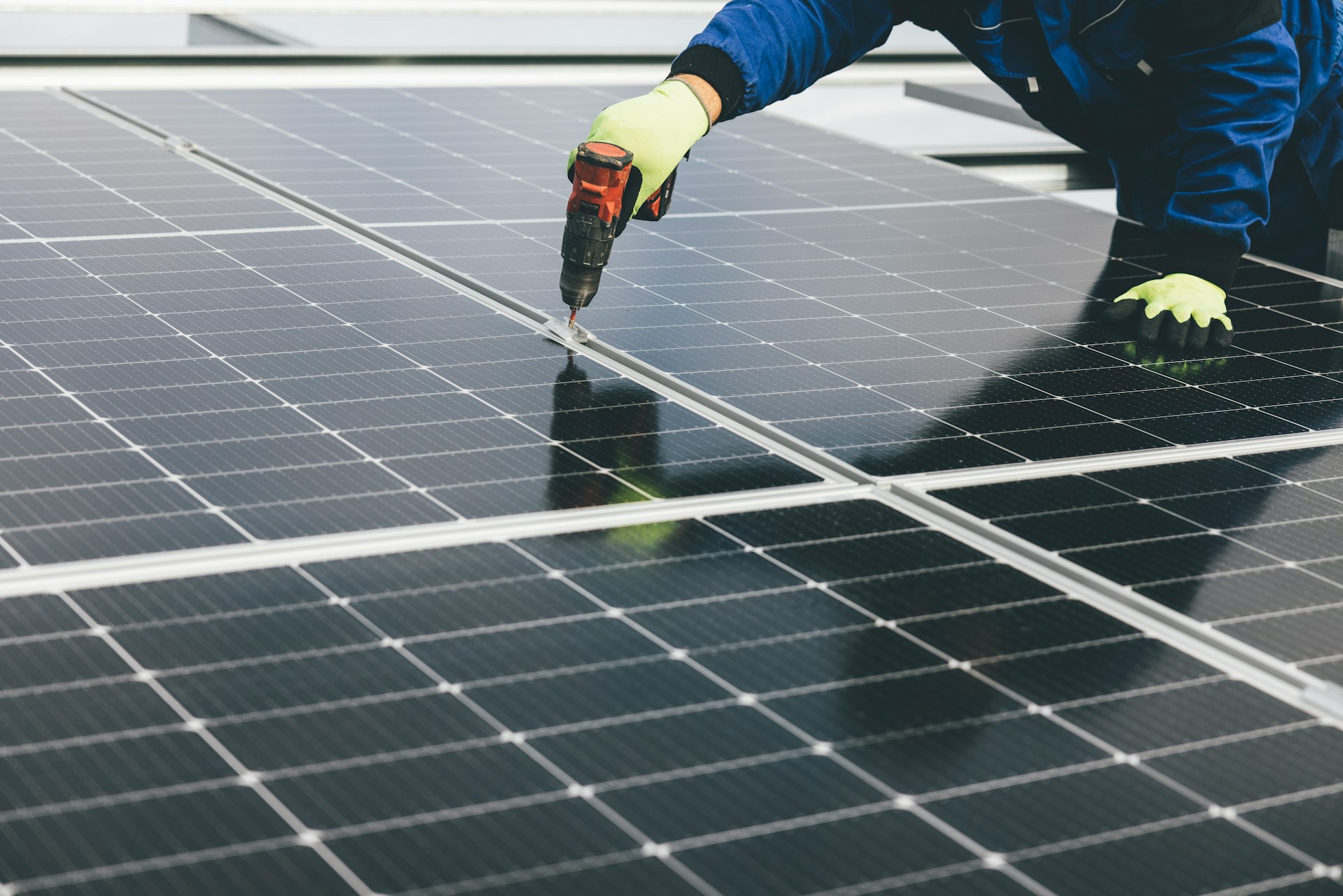Solar panels have become a go-to solution for homeowners looking to harness clean energy and save on electricity bills. These panels, soaking up the sun’s rays, convert them into usable power, which helps not only our wallets but also the planet. While the benefits are clear, a common issue that can throw a wrench in the works is shading. When solar panels are shaded, even slightly, it can have a surprising impact on their efficiency and performance.
Think of your solar panels as hungry sunbathers, eager to soak in as much sunlight as possible. When something blocks the sun, like a cloud or a nearby tree, the efficiency of these eager sunbathers drops. Shading reduces the amount of sunlight panels can absorb, leading to a big dip in the energy they produce. This means less power for your home and possibly higher energy bills if your panels can’t keep up with your power needs.
Causes of Solar Panel Shading
Several culprits can lead to shading on your solar panels. Understanding these can help you prevent issues before they become major headaches.
1. Nearby Trees and Foliage: As trees grow, their branches and leaves can start to cast shadows on your panels. It’s important to regularly trim back any greenery that might interfere with sun exposure.
2. Buildings and Structures: Sometimes, other buildings or structures in the vicinity, like chimneys or satellite dishes, might cast shadows. Take a good look around your property to see what might be in the way.
3. Seasonal Changes: As the sun’s position changes with the seasons, areas that weren’t shaded before might suddenly be blocked from the sun. It’s worth monitoring your panels throughout the year to see if this might be a problem.
4. Aging and Moving Structures: Over time, buildings settle or structures shift slightly, possibly casting new shadows. Also, new construction in your area might unexpectedly lead to shading.
Understanding these causes is the first step in mitigating shading problems. By addressing potential shading sources, you can ensure that your solar panels work efficiently year-round. Looking out for these issues allows for a proactive approach, keeping your solar investment working optimally. In the next section, we’ll explore why shading impacts energy production so significantly, offering a deeper dive into how shading affects solar panels on both the cost and longevity fronts.
Impact of Shading on Solar Panels
When a shadow falls on a solar panel, even partially, the energy output can take a serious hit. Think of it like trying to grill a burger with part of the grill missing heat. The rest just won’t cook thoroughly. Similarly, a single shaded area can drag down the power of the whole system. When panels don’t perform efficiently, there’s often an uptick in energy costs as they struggle to meet household demands by pulling from the grid more frequently.
Shading can leave long-term effects on the health and lifespan of your solar panels. These panels are designed to soak up as much sunlight as possible to produce optimal energy levels. Continuous shading forces them to work harder, potentially causing wear and tear over time. The stress on the panels might mean quicker degradation, leading to more frequent maintenance or even early replacement.
Solutions to Prevent and Manage Solar Panel Shading
Addressing shading issues is all about being proactive. There are several strategies homeowners can use to keep their solar panels working efficiently:
- Regular Maintenance: Keep nearby trees and shrubs trimmed back to prevent them from casting shadows. Establish a regular schedule for maintenance so you don’t miss an overgrown branch.
- Panel Placement: If possible, consider placing panels in spots less prone to shading. Open areas with a clear view of the sky are ideal candidates.
- Optimized Technologies: Invest in technologies such as micro-inverters or power optimizers. These tools help mitigate the effects of shading by allowing each panel to work independently rather than dragging down the whole system.
- Future Planning: When constructing new buildings or making renovations, incorporate solar exposure into the design plans. This foresight can prevent future shading issues from creeping up.
How a Residential Roofer Can Help
Sometimes, managing shading issues benefits greatly from professional insight. A residential roofer can provide a thorough assessment of your property to spot potential shading problems you might miss. With their expertise, they can tailor solutions specific to your needs, like adjusting your panel positioning for maximum exposure.
Roofers aren’t just about installations; they offer ongoing support and maintenance to ensure your system remains in top shape. By working with a professional, you have access to a wealth of knowledge that helps prolong the life of your solar panels and keeps them performing well.
Wrapping Up the Fight Against Shading
Handling shading isn’t just about maintaining energy efficiency; it’s about investing in the long-term health of your solar panels. By understanding and addressing shading causes, you’re setting your panels up for a longer, healthier lifespan. Proactive management of shading helps tackle energy costs and enhances panel performance, ensuring your solar investment continues to yield returns.
Seeking professional advice adds an extra layer of assurance. They bring tailored solutions and maintenance tips to the table, offering peace of mind. With the appropriate steps taken from the start, shading issues can be a thing of the past, allowing your panels to shine bright, just like they were intended to.
You’ve learned the importance of keeping shading at bay to ensure your solar panels work efficiently. For those in need of extra help, our team at James Kate Roofing & Sola has got your back. Gain the advantage of a professional residential roofer who can offer expert solutions tailored to your home’s specific needs. Trust us to maximize your solar panel’s potential and keep them performing at peak efficiency throughout their lifespan.

